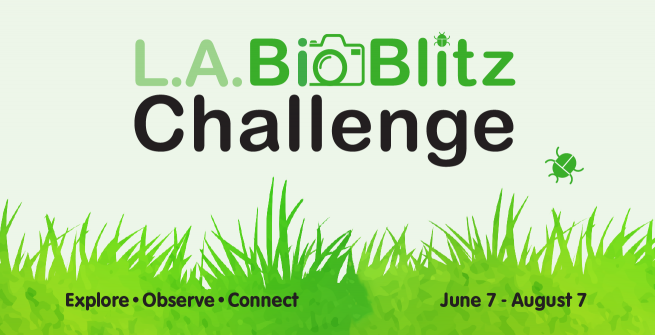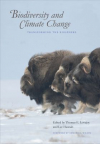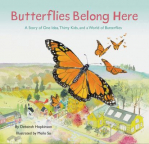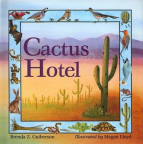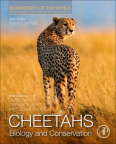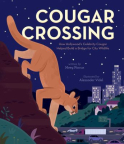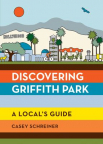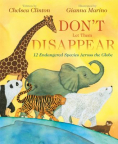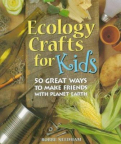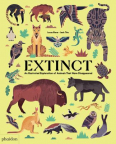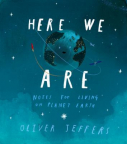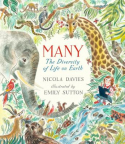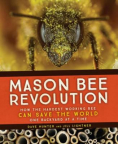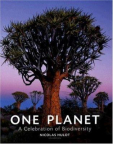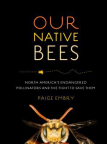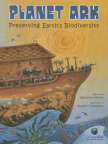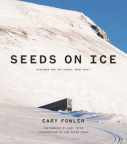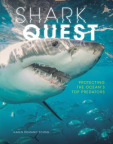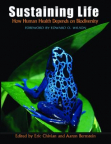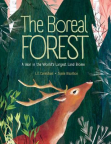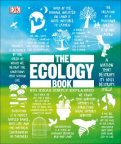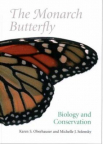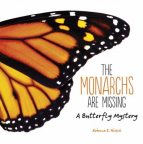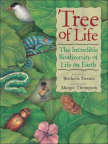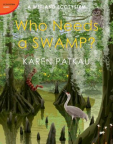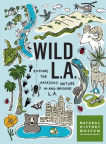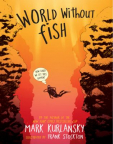Biodiversity is short for biological diversity. The term refers to the variety of living things on Earth, and their interactions with each other and their environments—this is extremely important to humans. People rely on healthy and thriving ecosystems for oxygen, food, clean air, medicine, water, pollination of crops and plants, and more to sustain the quality of life. Flourishing communities of living organisms in their shared habitats are also more resilient to climate change than damaged and degraded systems.
The City of Los Angeles has an incredible array of native plants and animals. In fact, the city is located within one of 36 globally recognized biodiversity hotspots. While Los Angeles is a jewel, here and across the planet, wildlife and environments are threatened by pollution, habitat loss, species exploitation, climate change, and the spread of invasive species.
Worldwide, roughly 27,000 species go extinct every year. In North America alone, three billion birds have vanished in the past 50 years, and 30 percent of its plant-pollination network has disappeared. What about the Los Angeles area? There are about 50 species of birds, fish, invertebrates, mammals, plants, and amphibians that are currently threatened or endangered with extinction.
The good news is that there is still time to turn things around and take action to prevent the significant loss of biodiversity. While the government and community-based organizations can use innovative strategies to protect and enhance wildlife conservation, individual community members can also take steps to restore and preserve nature.
Each and every one of us can slow down the loss of biodiversity and reduce the risk of species extinction. In order to protect what we have in Los Angeles, we need your volunteer actions to better understand where different species of plants and animals live. Neighborhood science observations you make, to photograph and map indicator species, can assist researchers in determining the distribution of wildlife across L.A.’s landscape.
This summer, we urge you to join the L.A. BioBlitz Challenge, sponsored by the Los Angeles Public Library and L.A. Sanitation and Environment, and support the city’s effort in identifying and protecting species and their habitats. Your participation will make a difference by contributing to the city’s observation heat map and at the same time we hope you will gain an appreciation for the life in nature around your home, neighborhood, local parks, and in the natural areas across the region.
There are a lot of resources that can help you learn more about the wildlife you find. The iNaturalist website, and the All About Birds site are a couple of great online sources of information. You can also check out field guides and other books from the library.
Most importantly, the observations you make, and the photos you share will provide important evidence and information that will greatly improve the city’s research on mapping and identifying the variety of species that call Los Angeles home. We can’t wait to see the amazing observations you make.
Watch the Recording of Our Our Pre-launch Event
This article was co-written with Michelle Barton
Michelle is an Environmental Specialist with the City of Los Angeles, Department of Sanitation & Environment. Michelle leads LASAN's biodiversity program. Michelle received her B.S. in Biology from UCLA and her M.S. in Biology from CSULB.
